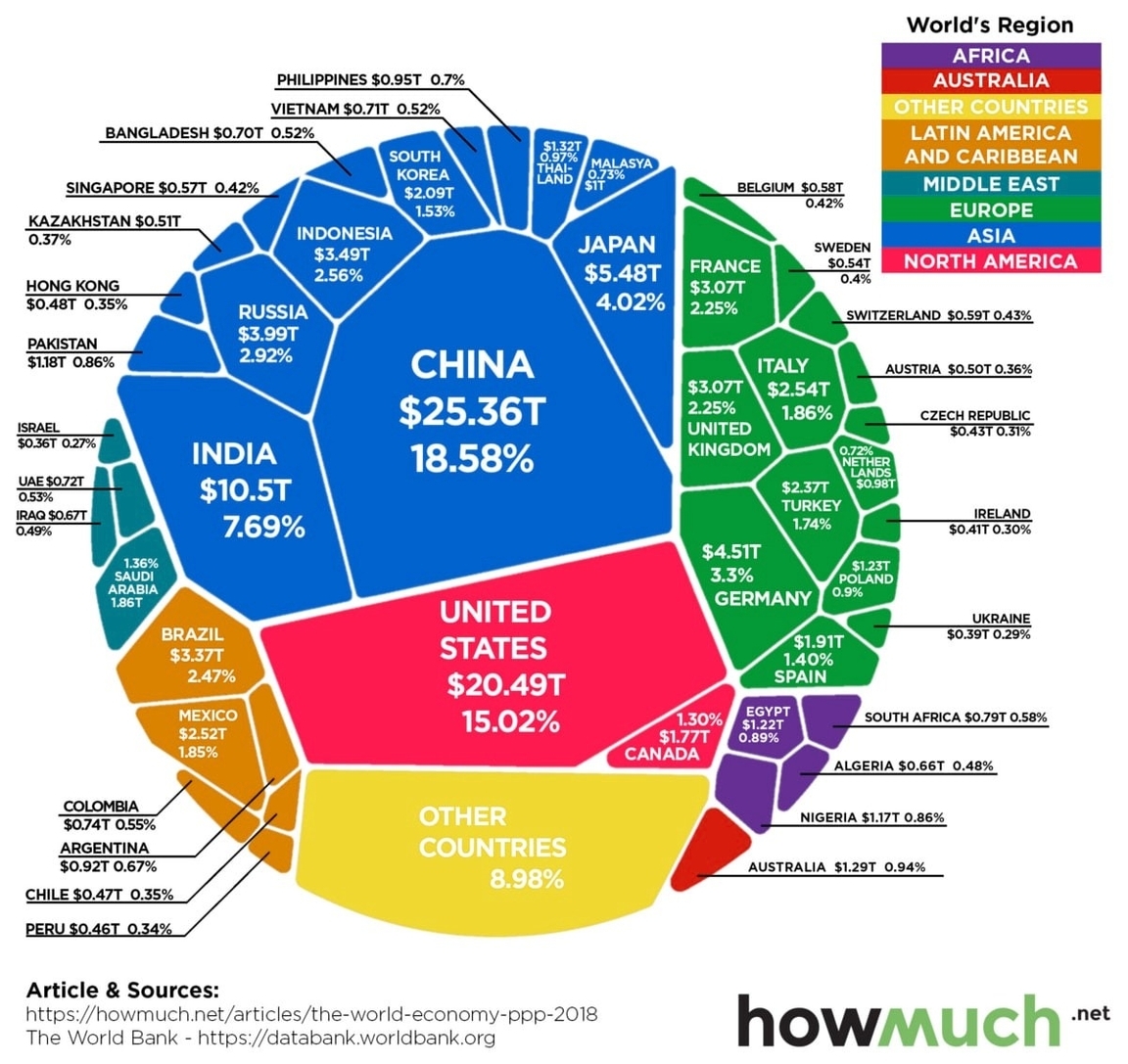
The world economy is the sum of the economic activities of all countries and regions in the world. It is measured by the gross domestic product (GDP), which is the value of all final goods and services produced within a country or region in a given period of time. According to the International Monetary Fund (IMF), the world GDP was estimated to be $93.7 trillion in 2023, with an average growth rate of 5.9%. However, the global economic outlook for 2024 is uncertain and depends on various factors, such as the evolution of the COVID-19 pandemic, the pace of vaccination, the policy responses of governments, the trade tensions between major economies, the environmental and social challenges, and the technological innovations.
One of the main risks for the world economy in 2024 is the possibility of a “de-risking” scenario, in which countries retreat from globalization and adopt protectionist measures, such as tariffs, quotas, subsidies, and sanctions. This could lead to a fragmentation of the global trade and financial system, a disruption of the supply chains, a reduction of the cross-border investment and migration, and a deterioration of the international cooperation. The IMF estimates that in an extreme de-risking scenario, the global GDP could fall by 4.5% in 2024, compared to a baseline scenario of 4.2% growth. This would have negative consequences for the income, employment, poverty, and inequality levels of many countries and regions.
Another challenge for the world economy in 2024 is the uneven recovery from the COVID-19 crisis, which has affected different countries and regions differently. Some countries, especially the advanced economies and some emerging markets, have managed to contain the virus and roll out effective vaccination programs, while others, especially the low-income and fragile states, have faced difficulties in accessing and distributing the vaccines, as well as in providing adequate fiscal and monetary support to their economies. This has resulted in a divergence of the growth prospects and the debt sustainability of different countries and regions. The World Bank projects
